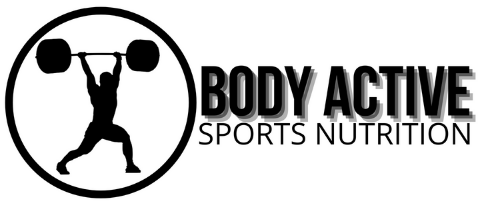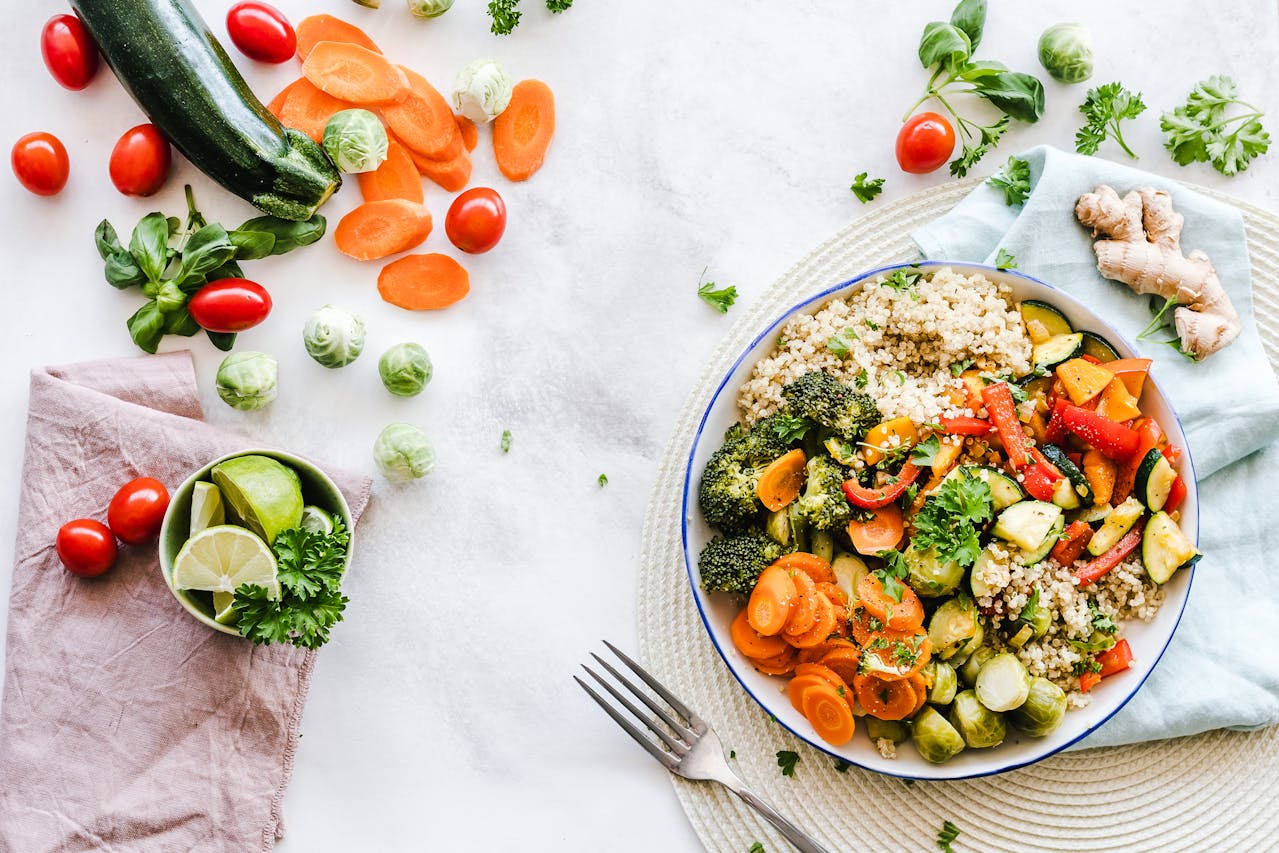In the quest for effective weight loss strategies, the concept of satiety plays a crucial role. Feeling full and satisfied after meals not only curbs unnecessary snacking but also supports calorie control. Moreover, choosing foods that enhance fullness while helping with shedding pounds can be a game-changer for reaching your health goals. This article explores foods known for their filling properties and their role in a balanced, weight-loss-friendly diet.
Understanding Satiety and Weight Loss
The full feeling that comes after eating is called satiety. Several factors affect this feeling, including the amount of food eaten, its nutrient density, fiber content, and the balance of proteins, fats, and carbohydrates.
Research shows that meals high in protein and fiber promote greater satiety. In contrast, refined carbs and sugars can cause blood sugar spikes followed by crashes, which trigger hunger.
When you’re focused on shedding pounds, it’s important to balance calorie reduction with proper nutrition. Fortunately, foods that keep you full longer make it easier to sustain a calorie deficit without constant hunger or cravings. In addition, these foods provide essential nutrients that help maintain overall health.
Comparison of Top Satiating Foods
| Food Group | Avg. Fiber (g) | Avg. Protein (g) | Calories (per 100g) | Satiety Level |
|---|
| Legumes | 7.5 | 8.9 | 116 | High |
| Whole Grains | 6.0 | 5.0 | 110 | High |
| Lean Proteins | 0 | 22 | 165 | Very High |
| Vegetables | 2.5 | 2.0 | 35 | Moderate–High |
| Fruits | 2.0 | 0.5 | 52 | Moderate |
Top Satiating Foods for Shedding Pounds
1. Legumes
Legumes like lentils, chickpeas, and beans are packed with protein, fiber, and complex carbs. Together, these nutrients work to promote satiety.
Fiber slows digestion, keeping you full longer. Furthermore, legumes are low in fat and calories, making them ideal for those aiming to shed pounds. Their versatility also makes them simple to incorporate into a variety of meals.
For example, you can add legumes to salads, soups, or stews. They add texture and boost nutrition without adding excessive calories.
2. Whole Grains
Whole grains like quinoa, oats, brown rice, and whole wheat retain their fiber, vitamins, and minerals.
Therefore, replacing refined options with whole grains in meals like breakfast porridge, quinoa salads, or whole grain sandwiches can support better weight management. By doing so, you ensure a more satisfying meal and improved satiety.
3. Lean Proteins
Protein is one of the most filling nutrients. Lean options include chicken breast, turkey, tofu, lean beef, pork, and fish. In fact, protein-rich meals help regulate appetite and prevent overeating.
Additionally, lean proteins help preserve muscle mass, which is important when shedding pounds. Try grilled chicken salads, tofu stir-fries, or baked fish with quinoa. These meals are satisfying and ideal for anyone focused on shedding pounds without losing muscle mass.
4. Vegetables
Vegetables are low in calories but high in fiber and nutrients, making them an excellent way to add bulk to meals without significantly increasing calorie intake.
Fiber-rich vegetables like broccoli, spinach, and Brussels sprouts not only promote fullness but also support digestion. Additionally, these vegetables contribute to digestive health and help maintain a balanced system.
To include more vegetables in your diet, try serving them raw with hummus, roasting them as a side, or mixing them into soups. By doing so, you’ll make meals more satisfying while supporting healthy weight loss.
5. Fruits
Fruits contain fiber, natural sugars, and essential vitamins. Whole fruits like apples, pears, berries, and oranges are filling and sweet. Because they’re high in fiber, fruits slow down sugar absorption and help prevent spikes and crashes in blood sugar levels.
Furthermore, fruits can be used as snacks or added to meals. Consider fruit salads, vegetable-infused smoothies, or yogurt topped with berries. In doing so, you enjoy a sweet treat while staying full and shedding pounds.
Practical Tips for Using Satiating Foods
- Meal Planning: Balance protein, fiber-rich carbs, and healthy fats to ensure you stay full longer.
- Portion Control: Watch serving sizes, even with healthy foods, to avoid overeating.
- Hydration: Drink plenty of water to avoid mistaking thirst for hunger.
- Mindful Eating: Pay attention to your body’s cues of hunger and fullness, which helps prevent mindless eating.
- Physical Activity: Combine healthy eating habits with regular exercise to achieve the best weight loss results.
Conclusion
Choosing foods that promote satiety is a smart and sustainable way to focus on shedding pounds. Incorporating lean proteins, whole grains, legumes, fruits, and vegetables into your diet helps you control hunger and manage calorie intake efficiently.
In the long run, making informed food choices and eating with intention will help you reach and maintain a healthy weight. Ultimately, successfully shedding pounds comes from fueling your body with foods that satisfy and nourish you.
Frequently Asked Questions (FAQ)
The sensation of fullness and contentment following a meal is called satiety. It’s important for weight loss because it helps reduce the urge to snack or overeat, making it easier to maintain a calorie deficit.
Yes, by eating nutrient-dense, high-fiber, and high-protein foods, you can feel full longer and reduce cravings. This makes it easier to stick to a healthy eating plan without constant hunger.
Fiber slows digestion and stabilizes blood sugar, while protein increases satiety and preserves muscle mass. When combined, they help you consume less calories while yet feeling full.
No. Whole grains and fiber-rich carbohydrates are beneficial for weight loss. It’s refined and processed carbs that often lead to blood sugar spikes and hunger soon after eating.
Incorporate legumes in soups, add whole grains like quinoa to salads, include lean proteins in every meal, and load your plate with vegetables and whole fruits to boost fullness naturally.
Accessories for Supporting a Satiating, Weight-Conscious Diet
The following can support healthy eating habits, improve meal consistency, and make it easier to stay on track with your goals:
Healthy Cookbooks
Cookbooks that focus on high-fiber, high-protein meals can offer practical guidance for preparing satisfying, nutrient-dense dishes. Look for options that emphasize whole foods, balanced macronutrients, and portion-conscious recipes.
Meal Planning Journals
Using a meal planning journal can help track eating patterns, plan balanced meals in advance, and reduce unplanned or impulsive food choices. Many journals include spaces for goal setting, grocery lists, and reflection.
Meal Prep Containers
Reusables like glass or BPA-free plastic meal prep containers with multiple compartments are useful for portion control and balanced meal organization. These can help ensure each meal includes a healthy mix of protein, whole grains, and vegetables.
Affiliate Disclaimer:
The above links are affiliate links. If you choose to purchase a product through one of these links, we may earn a small commission at no additional cost to you.

